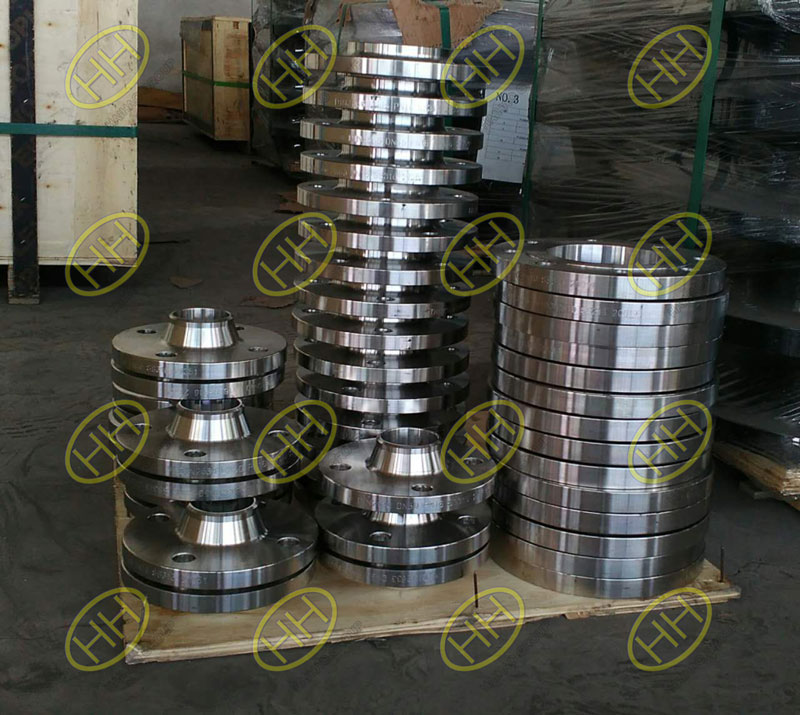What’s the production precautions of stainless steel flanges?
First, stainless steel flanges should be away from corrosion of stainless steel materials.For stainless steel flanges, it is most important to keep the flange surface clean.Once the surface of the stainless steel flange is corroded, the appearance of the stainless steel flange will change, no longer smooth.Whether acid or alkaline gas or liquid, should be kept away from the production environment of stainless steel flange.
Next, choose the right gasket for the stainless steel flange.Although flanges play an important role in connecting pipes, they will not work well without the help of gaskets.Asbestos gasket is a good helper for flange.Asbestos has excellent properties. It resists acid.Both gas and liquid are well absorbed by asbestos so that neither gas nor liquid will have any effect on stainless steel.Of course, in some special occasions, stainless steel flanges will also use gaskets made of other materials, for example, the stainless steel flange of the supplement gaskets.
Third, the connection between the pipe and the flange must be considered.Different connection modes shall be adopted when connecting pipes and flanges.For thin pipes, threaded flanges can be used, but for high pressure pipes, stainless steel flanges must be welded, as welding is more robust and reliable.Stainless steel flanges should be welded, no matter whether the flanged pipe is high pressure pipe or thin pipe.
The diameter and thickness of the flange are related to the pressure of the pipe to which the flange is connected.Usually, the greater the pressure of the pipe, the thicker the wall of the stainless steel flange.If the pipe pressure is low, connect the different pipes with a thin stainless steel flange.
Stainless steel flange in corrosion, its inner wall will usually thin, in some places there will be pits.Magnetic flux leakage method and ultrasonic testing method are two methods widely used in corrosion detection of stainless steel flanges at home and abroad.The magnetic flux leakage method is based on the basic principle of high permeability of ferromagnetic materials.The air permeability of corroded parts of stainless steel flanges is much less than that of stainless steel flanges.If stainless steel flanges have no defects, most flux lines will pass through the flange and be evenly distributed.If the stainless steel flange is defective, the flux line will become curved, some curves can be seen from the surface of the flange.The probe first transmits the ultrasonic pulse to the inner wall of the stainless steel flange.The probe will receive the reflected pulse from the inner surface of the tube wall.The probe receives a reflection pulse from the outer surface of the tube wall, and the distance from the reflection pulse to the inner surface of the tube wall reflects the wall thickness of the flange.


